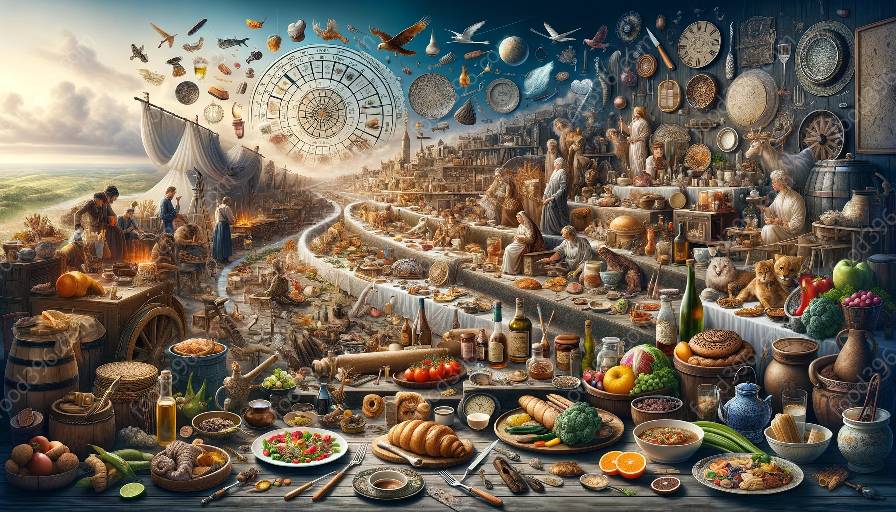The influence of Spanish colonization on Mexican cuisine has played a pivotal role in shaping the culinary heritage of Mexico. This rich historical tapestry has contributed to the unique flavors, ingredients, and cooking techniques that define Mexican cuisine today.
History of Mexican Cuisine
The history of Mexican cuisine is a diverse and flavorful journey that encompasses influences from indigenous Mesoamerican cultures, European colonization, and contemporary global culinary trends. Traditional Mexican cuisine is a fusion of indigenous ingredients and techniques combined with Spanish, African, and Asian influences brought by conquest, trade, and immigration.
Spanish Colonization and Mexican Cuisine
The Spanish colonization of Mexico in the early 16th century had a profound impact on Mexican cuisine. The arrival of the Spanish conquistadors brought a wave of new ingredients, cooking methods, and culinary traditions that merged with the existing indigenous foodways of the region. The blending of Spanish and indigenous culinary practices gave rise to a vibrant and diverse culinary landscape in Mexico.
New Ingredients and Flavors
One of the most significant influences of Spanish colonization was the introduction of new ingredients to Mexican cuisine. The Spanish conquistadors brought crops such as wheat, rice, sugar, and various fruits and vegetables that were previously unknown in the region. Additionally, the Spanish introduced livestock, including cattle, pigs, and chickens, which significantly transformed the protein sources available to Mexican cooks.
Merging of Culinary Techniques
The Spanish also brought their culinary techniques and cooking methods, which were amalgamated with indigenous techniques to create a fusion of flavors and cooking styles. Spanish methods of sautéing, frying, and incorporating dairy products like cheese and milk into dishes were integrated with indigenous cooking techniques such as roasting, steaming, and using traditional Mesoamerican ingredients like corn, beans, and chilies.
Regional Variations and Adaptations
Over time, the fusion of Spanish and indigenous culinary traditions gave rise to distinct regional variations in Mexican cuisine. Different regions of Mexico developed their own unique dishes, reflecting the local availability of ingredients, environmental factors, and cultural influences. The evolution of dishes like mole, tamales, and pozole is a testament to the rich amalgamation of Spanish and indigenous culinary heritage.
Culinary Legacy and Modern Influence
The impact of Spanish colonization on Mexican cuisine is a living legacy that continues to shape the flavors and textures of traditional and contemporary Mexican dishes. Many iconic Mexican foods and beverages, such as tacos, enchiladas, and tequila, bear the imprint of Spanish influence while retaining indigenous elements.
Continued Evolution and Global Reach
Today, Mexican cuisine has gained international acclaim, with its unique blend of flavors and cultural significance captivating food enthusiasts around the world. The influence of Spanish colonization on Mexican cuisine has transcended borders and continues to evolve, adapting to modern tastes while preserving its historical roots and culinary traditions.
Conclusion
The influence of Spanish colonization on Mexican cuisine is a testament to the complex interplay of history, culture, and culinary innovation. The fusion of Spanish and indigenous culinary traditions has shaped the vibrant tapestry of Mexican cuisine, offering a rich and diverse array of flavors, ingredients, and techniques that celebrate the cultural heritage of Mexico.

